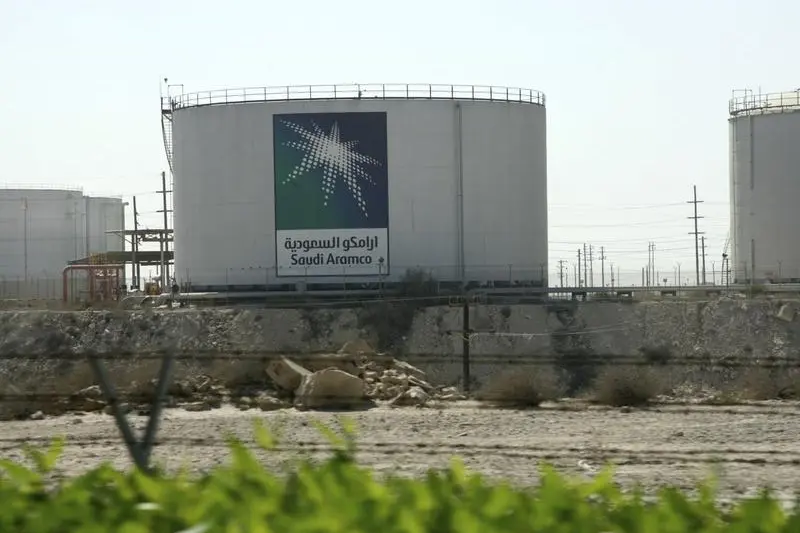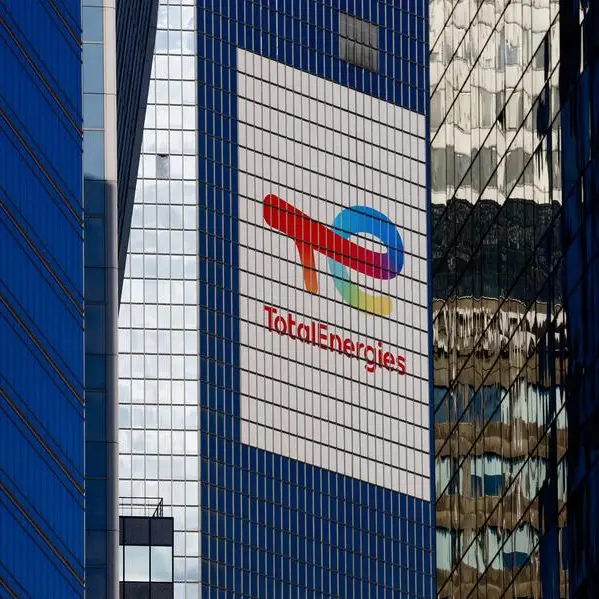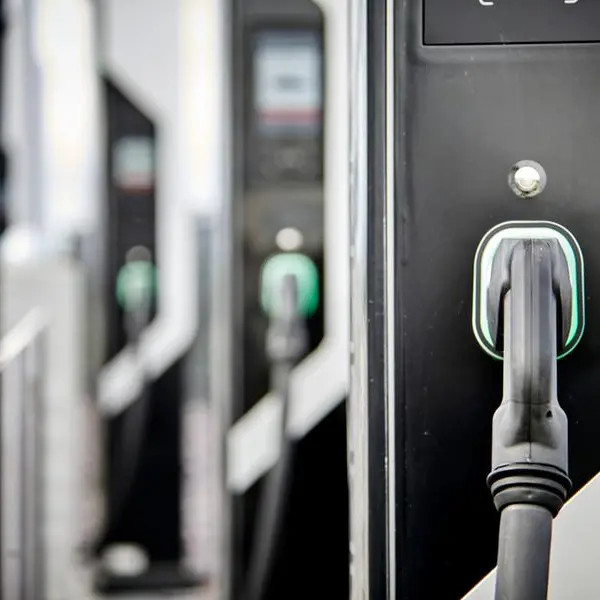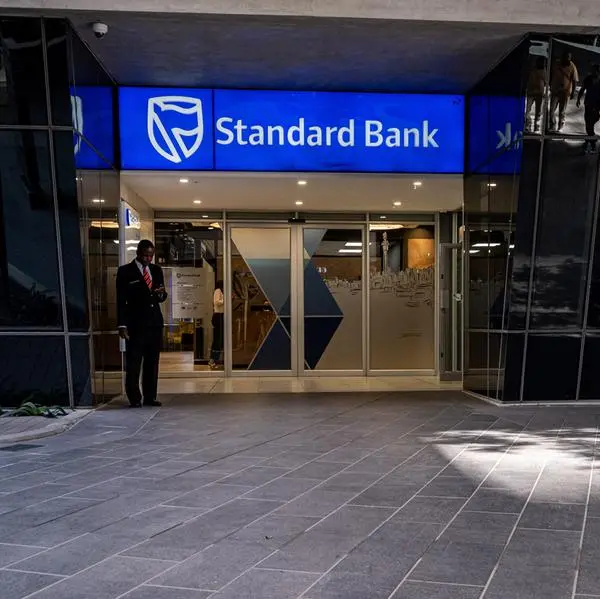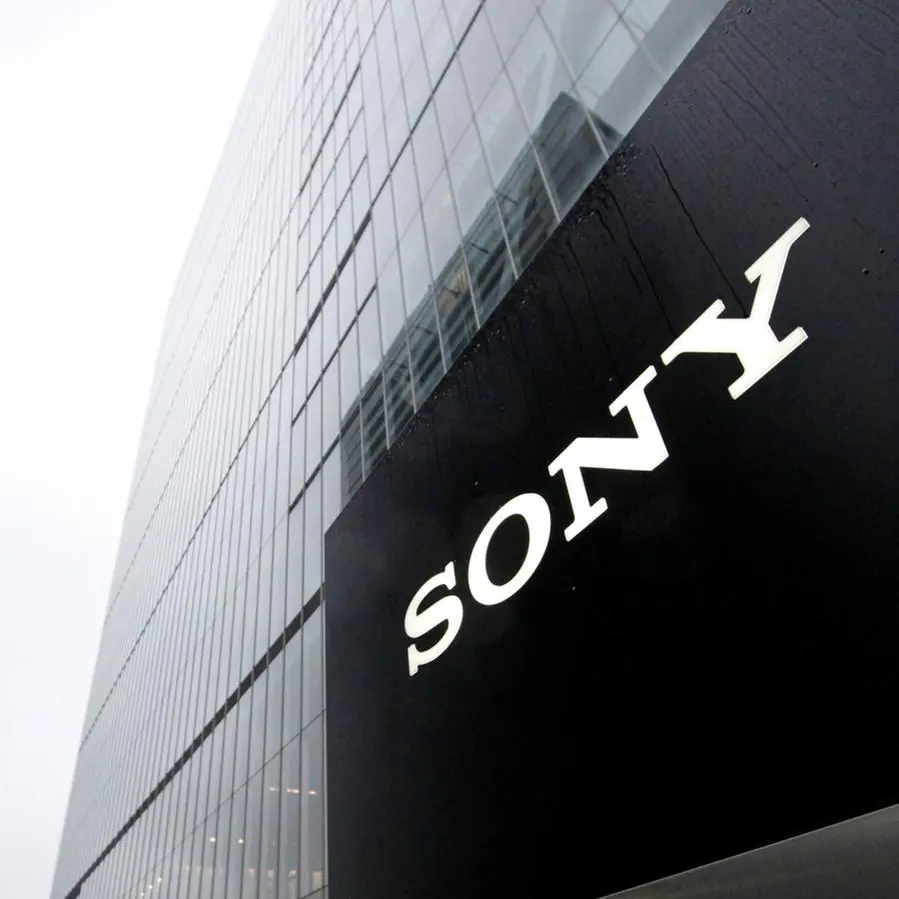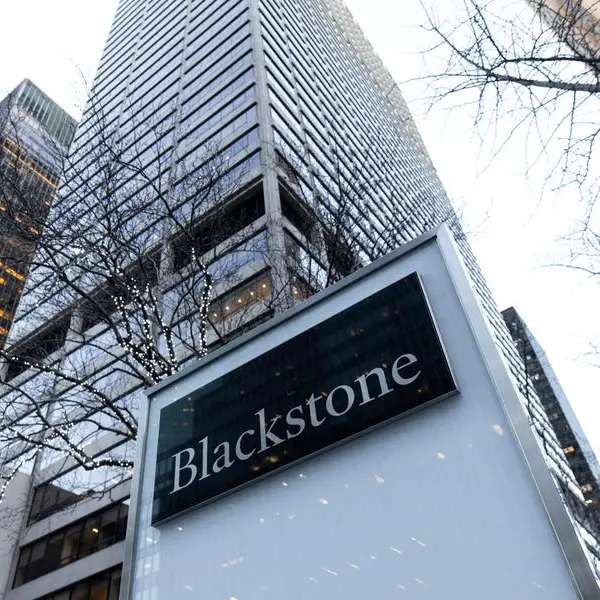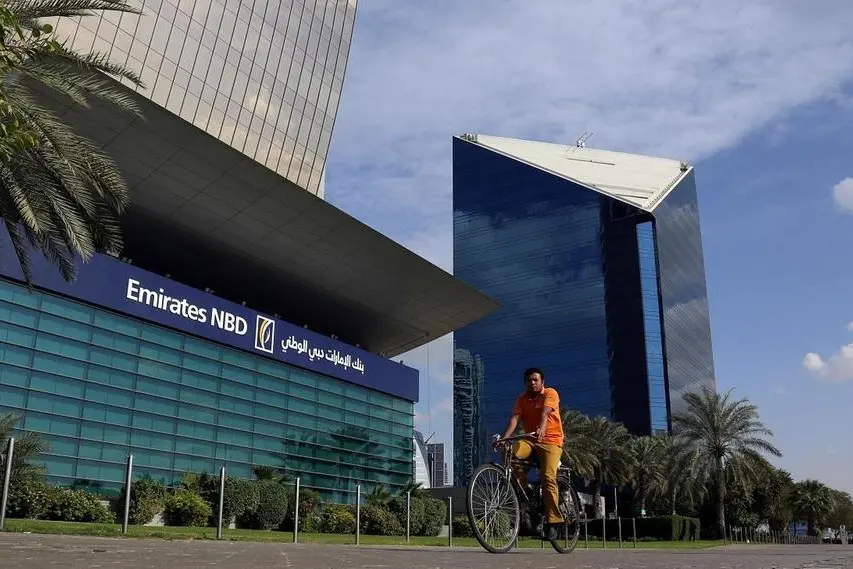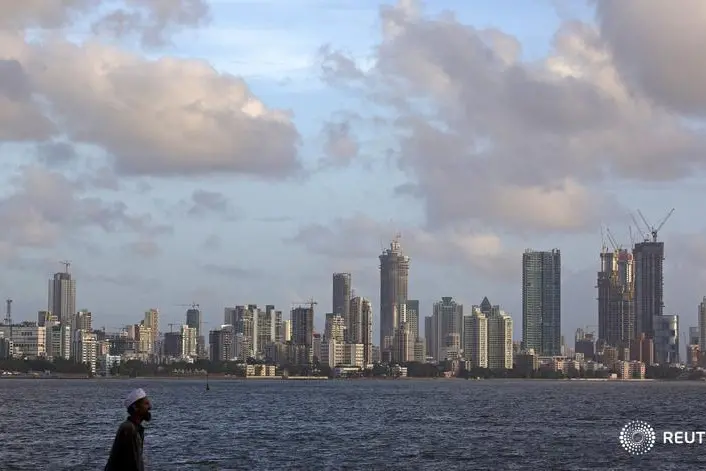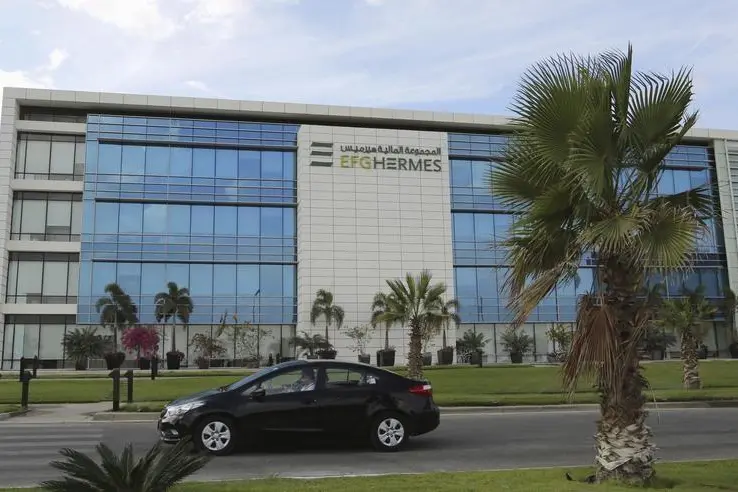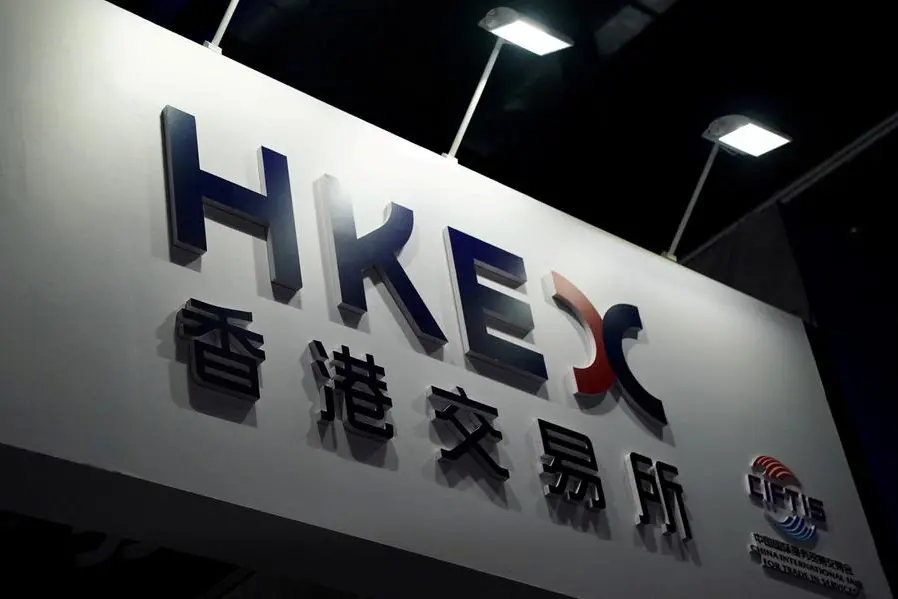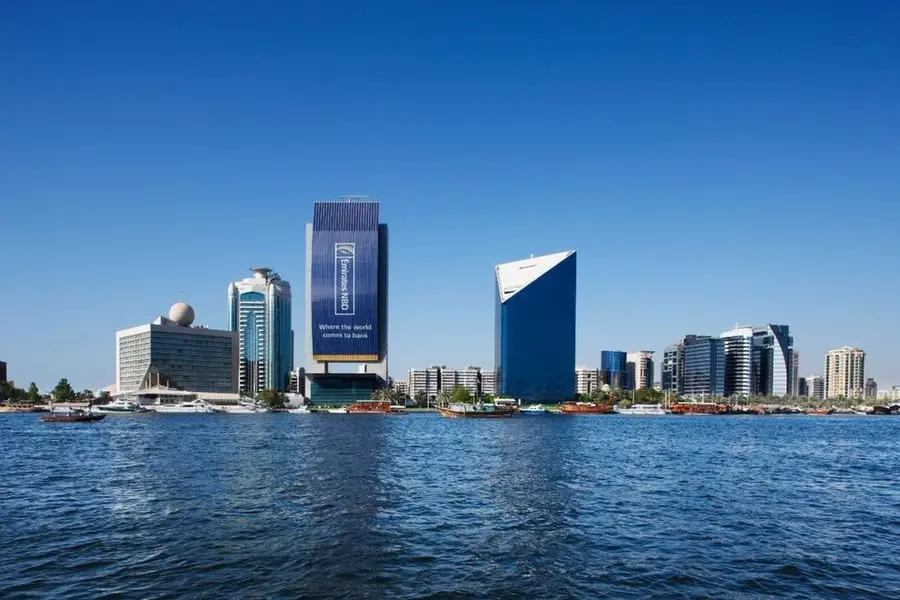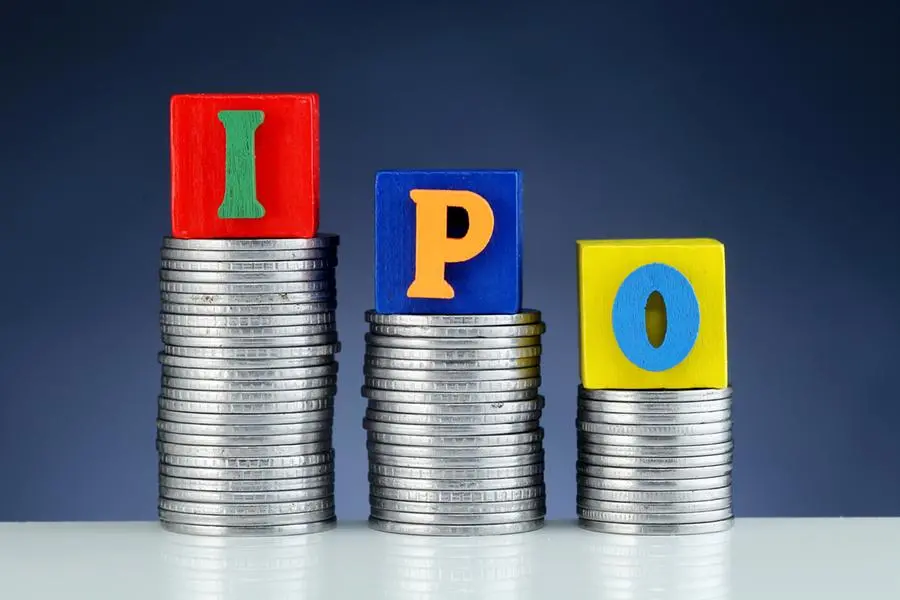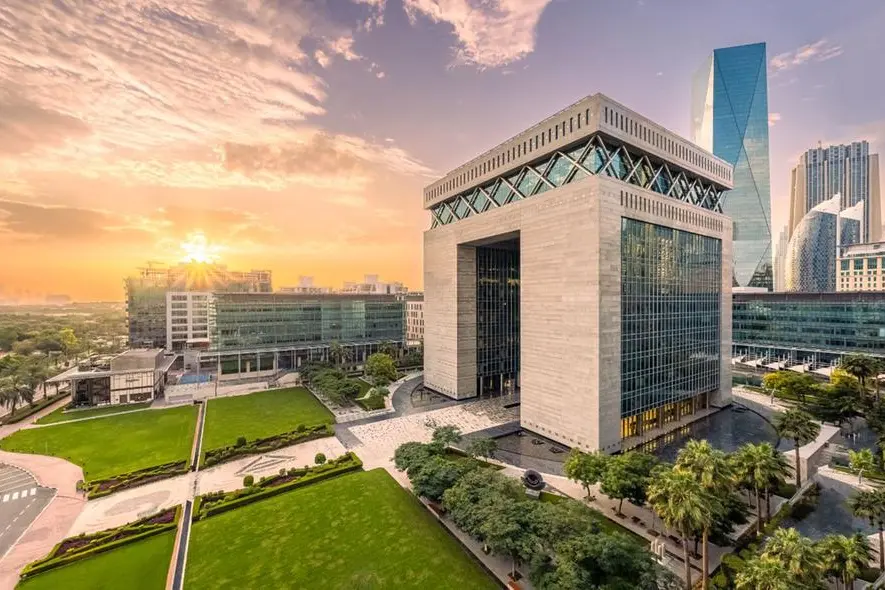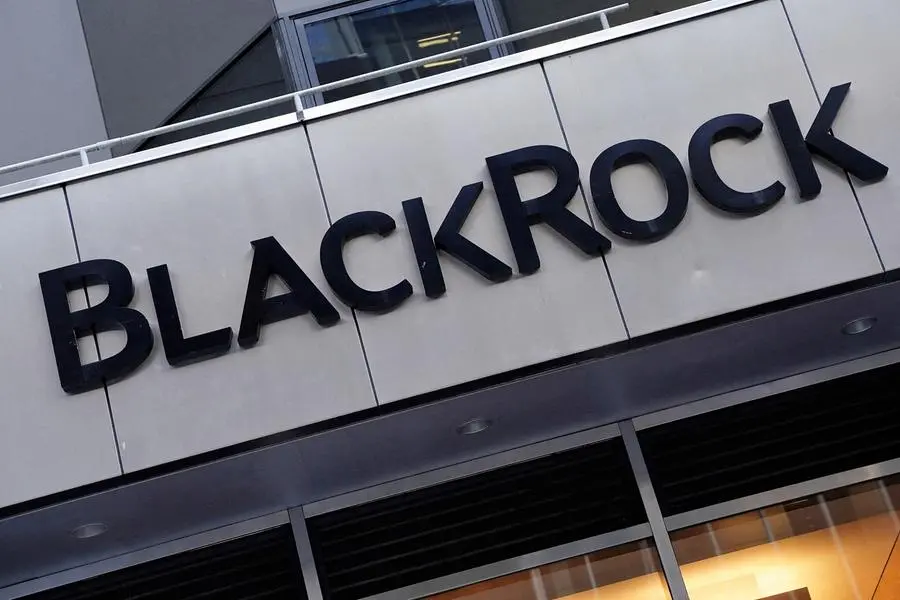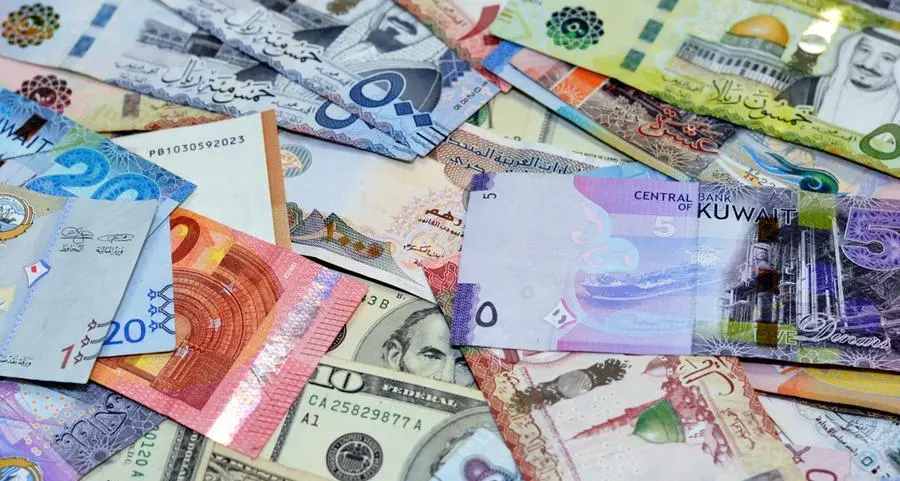PHOTO
* Aramco offering 25 bps over SAIBOR on 7-year sukuk
* Bond pays more than cheap March 2015 credit facility
* But oil prices, IPO also create uncertainty
By Davide Barbuscia
DUBAI, March 29 (Reuters) - Saudi Aramco is paying a significant premium to the government and to its previous borrowing in its first sale of Islamic bonds, reflecting uncertainty over oil prices and an upcoming sale of the state-owned oil giant's shares.
Aramco is offering 7-year, riyal-denominated sukuk at 25 basis points (bps) over the six-month Saudi Arabian Interbank Offered Rate (SAIBOR) to institutional investors, as the company diversifies its funding in line with Saudi Arabia's economic reforms.
The private placement, part of a 37.5 billion riyal ($10 billion) Islamic bond programme, could be as large as about 6 billion, bankers told Reuters. It is expected to take place early next week. Aramco declined to comment.
The firm is finding it significantly more expensive to issue debt than the Saudi government, whose last domestic issue of floating-rate 7-year bonds was sold at between 10 bps and 15 bps below three-month SAIBOR.
It also looks more expensive for Aramco than the riyal component of a $10 billion-equivalent, dual-currency revolving credit facility signed in March 2015. That tranche included 1-year and 5-year portions, with the latter offering 11 bps over SAIBOR.
As a debut issuer, Aramco, which has not obtained a credit rating, had been expected to pay some kind of premium. Also, the 2015 loan was priced unusually cheaply, reflecting the fact that it was an undrawn facility to be used as a "back-up", said one banker working on the Aramco sukuk deal.
However, Mohammed Khnifer, an Islamic debt capital markets banker at the Islamic Development Bank Group, estimated Aramco could have offered less than 11 bps over SAIBOR if it had chosen a five-year sukuk maturity. A seven-year tenor does not justify the addition of over 10 bps, he said.
"I think Aramco left 5 to 10 bps on the table," he said, noting that the impact would be small for a company which, Saudi officials have said, has a market value of over $2 trillion.
There are at least two sources of uncertainty for the Aramco sukuk: the government is preparing to sell up to 5 percent of the company in an initial public offer (IPO) next year.
Riyadh is restructuring the company and its regulatory environment to facilitate the IPO, announcing this week that it was cutting Aramco's tax regime to make it attractive as an investment. But major decisions on the company's structure and its post-IPO dividend policy have not been announced.
Another uncertainty is the outlook for liquidity in the Saudi money market over coming years. After soaring to a peak of 2.47 percent last October as low oil prices starved the market of funds, six-month SAIBOR
SASAR6MD=
has fallen back to 2.01 percent as a slight rebound in oil and overseas borrowing by the government have eased pressure on state finances.
Nevertheless, SAIBOR rates have shown signs of bottoming out since the U.S. Federal Reserve hiked interest rates in mid-March, prompting other Gulf central banks to follow suit, and in the long term, Saudi Arabia could risk another liquidity squeeze unless oil prices recover further.
Alinma Investment, HSBC Saudi Arabia, NCB Capital and Riyad Capital are the joint lead coordinators. They are joined by GIB Capital, Samba Capital and Saudi Fransi Capital in dealer roles.
(Editing by Andrew Torchia and Louise Ireland) ((andrew.torchia@thomsonreuters.com; +9715 6681 7277; Reuters Messaging: andrew.torchia.thomsonreuters.com@reuters.net))
* Bond pays more than cheap March 2015 credit facility
* But oil prices, IPO also create uncertainty
By Davide Barbuscia
DUBAI, March 29 (Reuters) - Saudi Aramco is paying a significant premium to the government and to its previous borrowing in its first sale of Islamic bonds, reflecting uncertainty over oil prices and an upcoming sale of the state-owned oil giant's shares.
Aramco is offering 7-year, riyal-denominated sukuk at 25 basis points (bps) over the six-month Saudi Arabian Interbank Offered Rate (SAIBOR) to institutional investors, as the company diversifies its funding in line with Saudi Arabia's economic reforms.
The private placement, part of a 37.5 billion riyal ($10 billion) Islamic bond programme, could be as large as about 6 billion, bankers told Reuters. It is expected to take place early next week. Aramco declined to comment.
The firm is finding it significantly more expensive to issue debt than the Saudi government, whose last domestic issue of floating-rate 7-year bonds was sold at between 10 bps and 15 bps below three-month SAIBOR.
It also looks more expensive for Aramco than the riyal component of a $10 billion-equivalent, dual-currency revolving credit facility signed in March 2015. That tranche included 1-year and 5-year portions, with the latter offering 11 bps over SAIBOR.
As a debut issuer, Aramco, which has not obtained a credit rating, had been expected to pay some kind of premium. Also, the 2015 loan was priced unusually cheaply, reflecting the fact that it was an undrawn facility to be used as a "back-up", said one banker working on the Aramco sukuk deal.
However, Mohammed Khnifer, an Islamic debt capital markets banker at the Islamic Development Bank Group, estimated Aramco could have offered less than 11 bps over SAIBOR if it had chosen a five-year sukuk maturity. A seven-year tenor does not justify the addition of over 10 bps, he said.
"I think Aramco left 5 to 10 bps on the table," he said, noting that the impact would be small for a company which, Saudi officials have said, has a market value of over $2 trillion.
There are at least two sources of uncertainty for the Aramco sukuk: the government is preparing to sell up to 5 percent of the company in an initial public offer (IPO) next year.
Riyadh is restructuring the company and its regulatory environment to facilitate the IPO, announcing this week that it was cutting Aramco's tax regime to make it attractive as an investment. But major decisions on the company's structure and its post-IPO dividend policy have not been announced.
Another uncertainty is the outlook for liquidity in the Saudi money market over coming years. After soaring to a peak of 2.47 percent last October as low oil prices starved the market of funds, six-month SAIBOR
Nevertheless, SAIBOR rates have shown signs of bottoming out since the U.S. Federal Reserve hiked interest rates in mid-March, prompting other Gulf central banks to follow suit, and in the long term, Saudi Arabia could risk another liquidity squeeze unless oil prices recover further.
Alinma Investment, HSBC Saudi Arabia, NCB Capital and Riyad Capital are the joint lead coordinators. They are joined by GIB Capital, Samba Capital and Saudi Fransi Capital in dealer roles.
(Editing by Andrew Torchia and Louise Ireland) ((andrew.torchia@thomsonreuters.com; +9715 6681 7277; Reuters Messaging: andrew.torchia.thomsonreuters.com@reuters.net))
